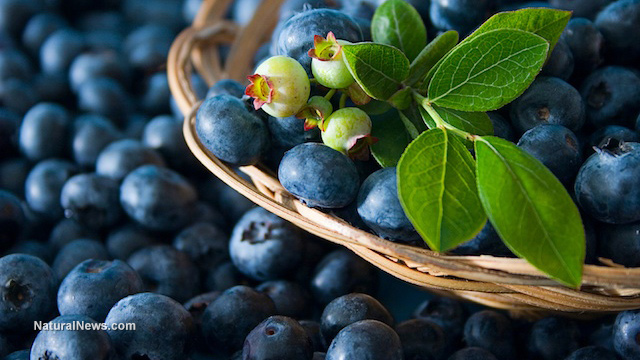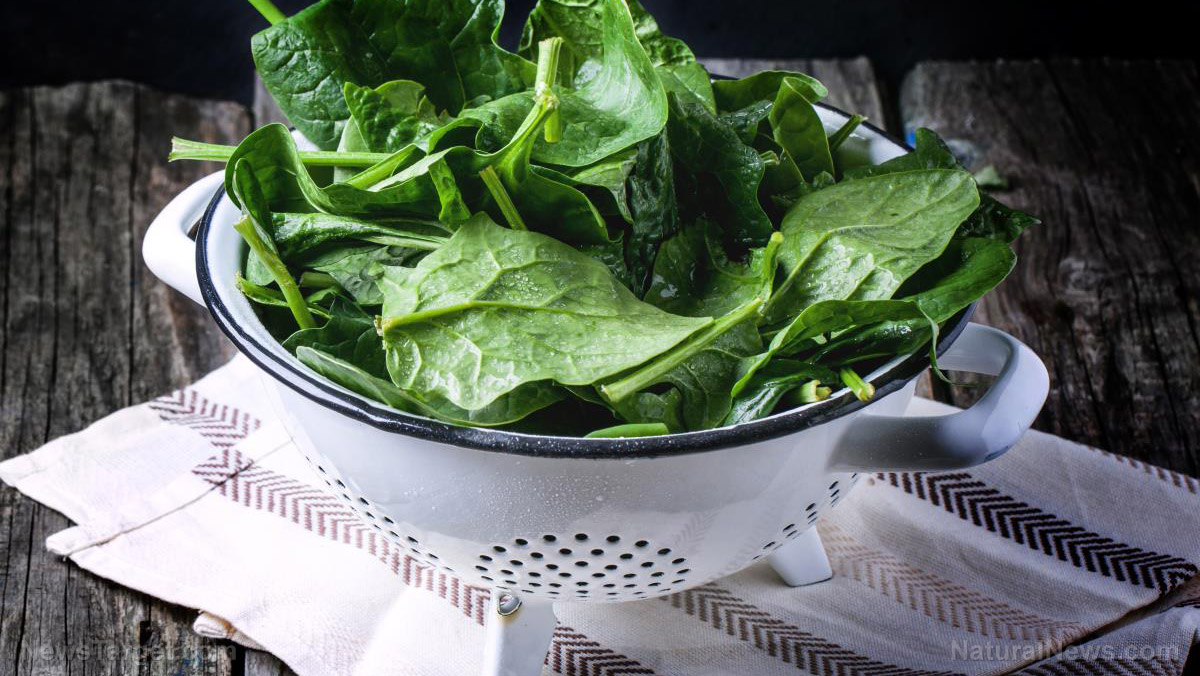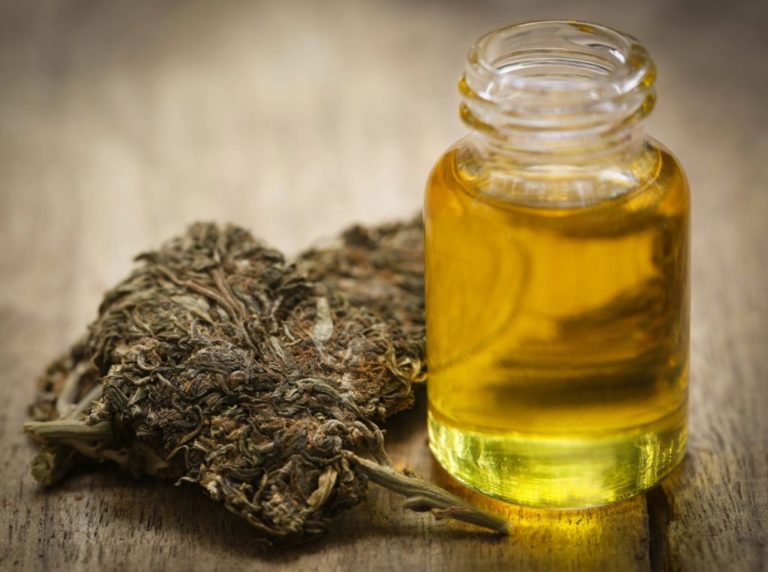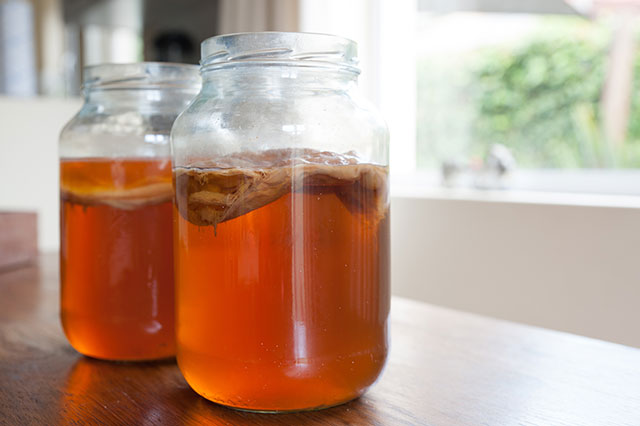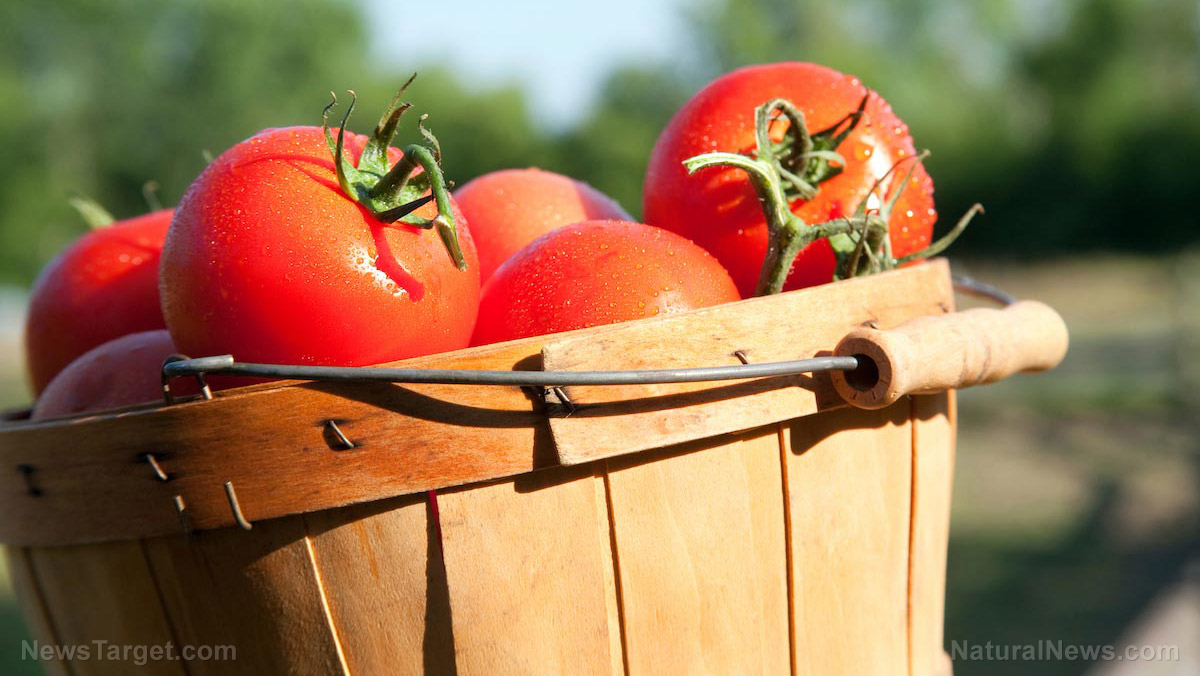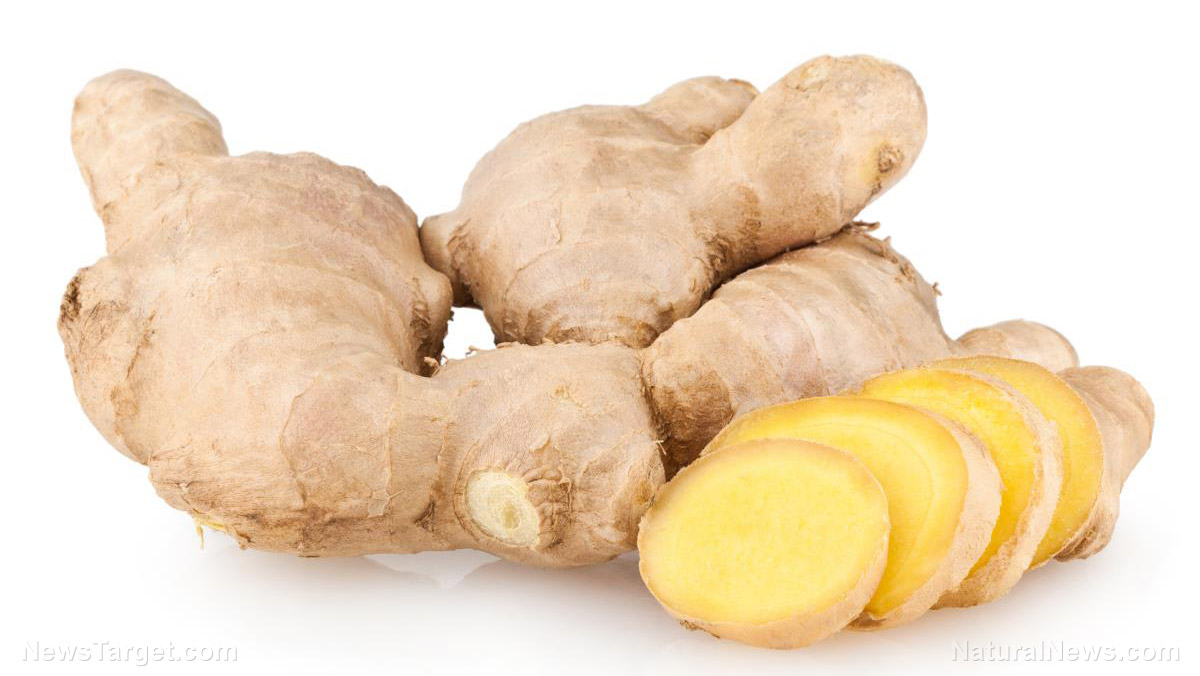Purple produce may be the biggest food trend for 2017, and there’s plenty of reasons to enjoy all the richly hued fruits and vegetables that inhabit the blue-and-purple end of the color spectrum. We all know it’s important to eat a variety of fresh fruits and veggies from every color group, but purple and blue-hued produce may offer some special benefits all their own. The particular color of a fruit or vegetable can tell you a lot about what kind of nutrients and other benefits it has to offer, and this year’s trend of purple and blue foods surely are nutrient powerhouses.
The dark color of purple and blue fruits and veggies often denotes a high amount of antioxidant nutrients. The anthocyanin class of antioxidants is regarded as being especially powerful and beneficial. As Dr. David Jockers explains, the antioxidant gets its name from the Greek word “cyan,” which means “dark blue.” Unique double-bond structures are what give purple and blue crops their rich hues and allow the plants to survive in a high-sunlight environment. Essentially, the double-bond structures that give purple fruit and vegetables their color also act as natural sunscreen for the plant, protecting it from damage and dramatically reducing stress on the plant.
These components also act as antioxidants and are very effective against free radicals. Some 600 different forms of anthocyanins are present in the environment. They can form red, blue and purple pigments, and are found in some of the healthiest fruits and vegetables on the market. There are a myriad of health benefits to be afforded by consuming anthocyanin-rich fruits and veggies.
Health benefits of anthocyanins
Several studies have demonstrated that consuming a diet rich in anthocyanins can help protect against cardiovascular disease. In the Iowa Women’s Health study, over 34,000 women were followed for a period of 16 years. The researchers found that consuming strawberries or blueberries just once a week substantially reduced the risk of death from cardiovascular disease and coronary artery disease. Another study, using data from the Nurses Health Study I and II and the Health Professionals Follow-up Study found that those who consumed the highest levels of anthocyanins also displayed a significant reduction in risk for hypertension.
Numerous studies have also pointed to the anti-cancer effects of anthocyanins. Today’s Dietitian reports, “Laboratory studies that used a variety of cancer cells have indicated that anthocyanins not only act as antioxidants, they also activate detoxifying enzymes; prevent cancer cell proliferation; induce cancer cell death (apoptosis); have anti-inflammatory effects; have antiangiogenesis effects (ie, they inhibit the formation of new blood vessels that encourage tumor growth); prevent cancer cell invasion; and induce differentiation (the more differentiated the cancer cell, the less likely it is to grow and spread).”
Essentially, anthocyanins can fight cancer in almost every aspect. In one study, freeze-dried blackberries were found to prevent cell proliferation, inflammation and angiogenesis in esophageal cancer cells in rats. Other studies have also shown that anthocyanins may be effective against a range of other cancers. For example, in cell cultures, anthocyanins taken from a purple sweet potato stopped colon cancer cells from reproducing and promoted cancer cell death.
Research also suggests that flavonoids like anthocyanins can support healthy cognitive function, enhance memory, and prevent age-related cognitive decline. According to Today’s Dietitian, extensive research has shown that the flavonoids found in fruit can boost memory and slow down age-related cognitive losses. It’s been suggested that anthocyanins, along with other flavonoids, inhibit inflammation in the brain, activate synapses and also help to increase blood flow in the brain. Some research has shown that specific anthocyanins are even capable of crossing the blood-brain barrier, allowing them to provide direct benefits to the brain.
There are many benefits to be had from purple fruits and vegetables. Some great options to add to your pantry are purple sweet potatoes, purple corn, acai berries, purple asparagus, blueberries and blackberries. Eggplants, purple onions and purple cauliflower are some other great options to keep in your kitchen.
Sources:
Telegraph.co.uk
NaturalNews.com
TodaysDietitian.com

